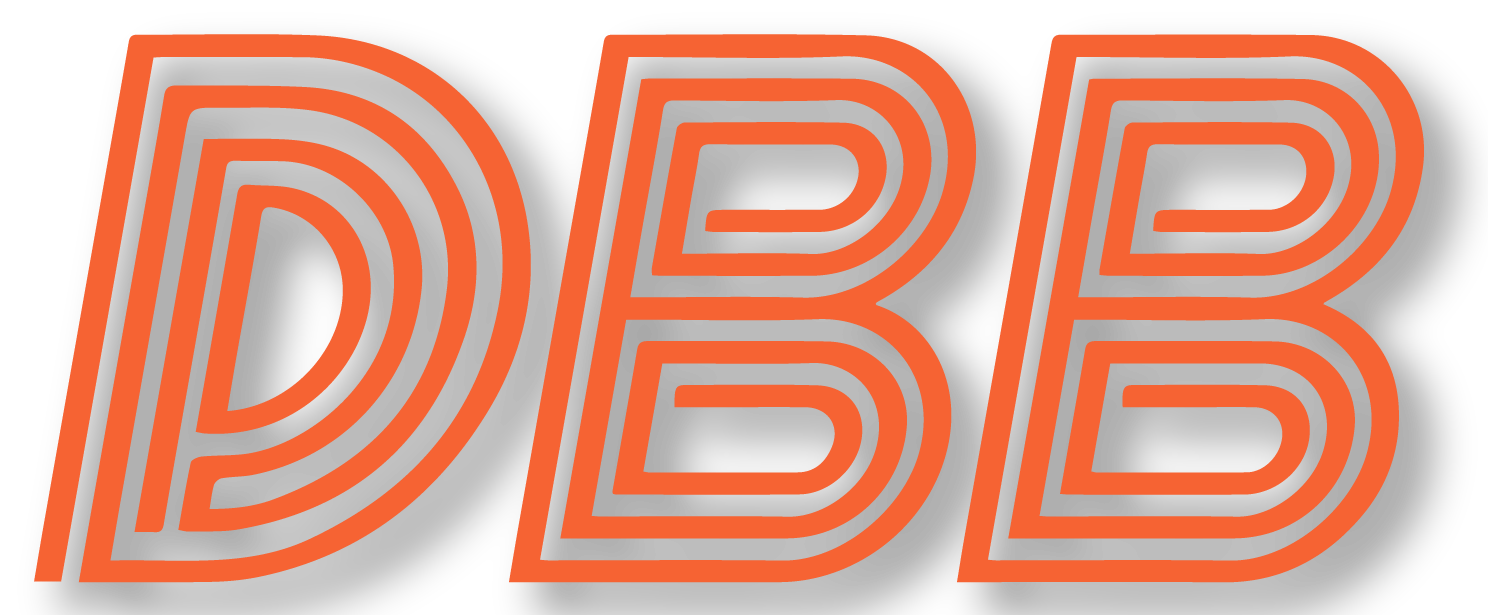THE FINALE!!
Rookie Variability
So far in this series, we’ve seen that Caleb Williams was generally a sub-par passer in his rookie season, and he particularly struggled with deep accuracy and letting too many pressures turn into sacks. One thing we haven’t given much thought to, however, is how much the inconsistency around him may have impacted his performance and development. Chicago went through two head coaches and three offensive coordinators during the season, and it’s not hard to imagine that chaos may have made life difficult on a rookie QB.
In order to see if the data suggests this was the case, I broke Williams’ season up into a number of segments that matched key off-field moments during the season:
- Weeks 1-3: The start of the year.
- Weeks 4-6: After week three, offensive leaders had a meeting with then offensive coordinator Shane Waldron and asked for him to be more aggressive in his coaching. This period starts immediately after that meeting and runs until the bye.
- Weeks 8-10: After the bye, Waldron reverted back to early season form, and he was fired after week 10.
- Weeks 11-13: Thomas Brown’s time as the offensive coordinator.
- Weeks 14+: Thomas Brown’s time as the head coach, with Chris Beatty serving as offensive coordinator.
(If you can’t view the full figure, click on it to open in a new tab. Sorry about formatting issues.)










